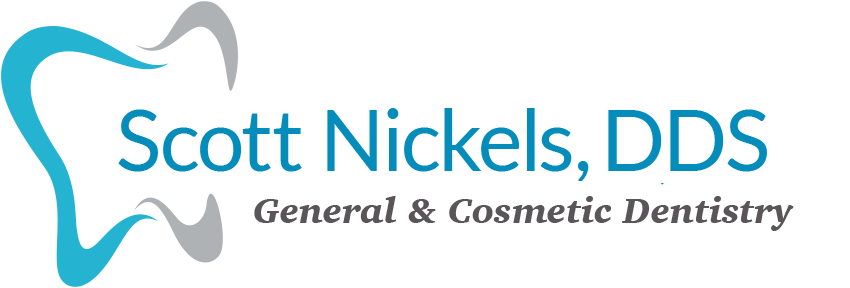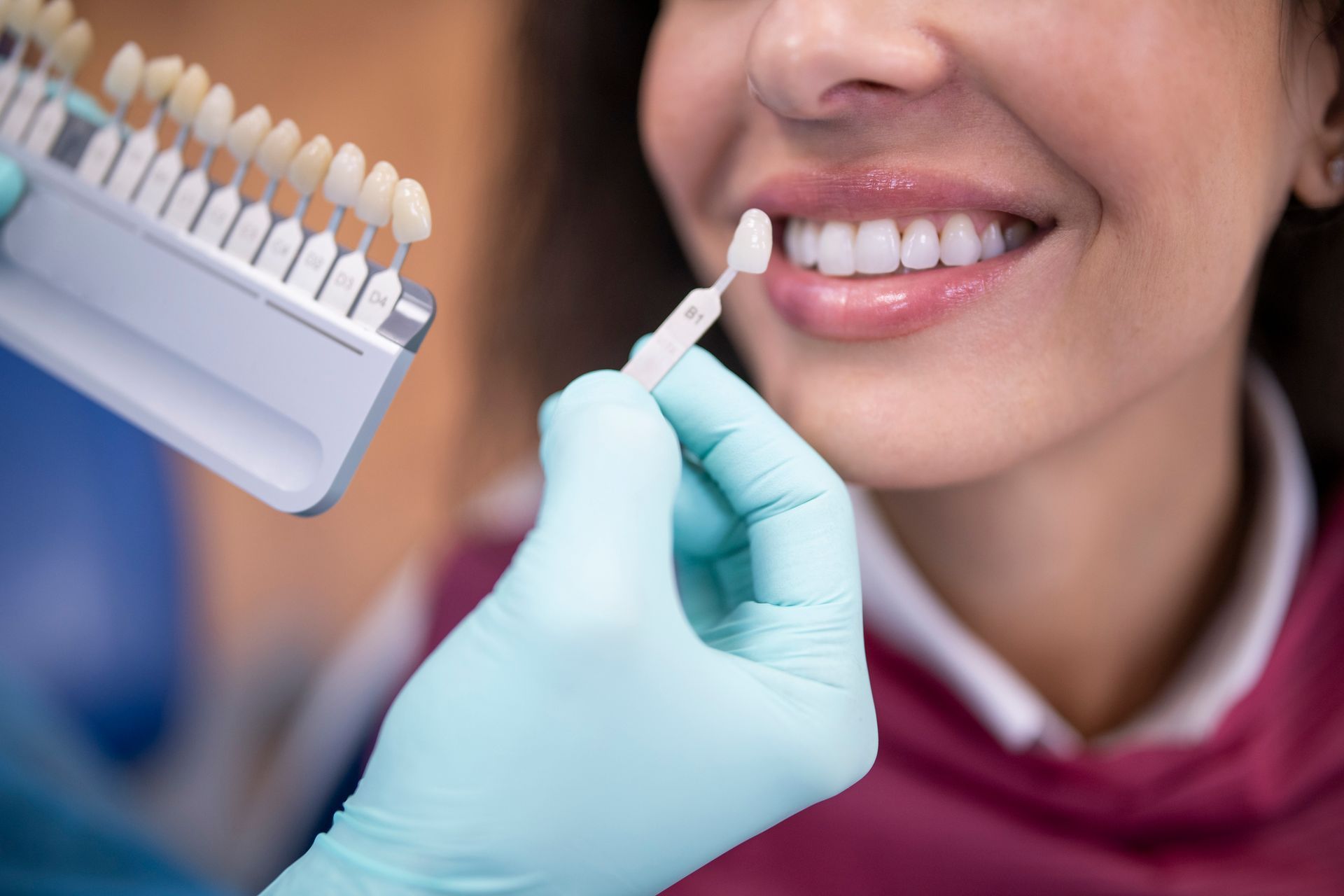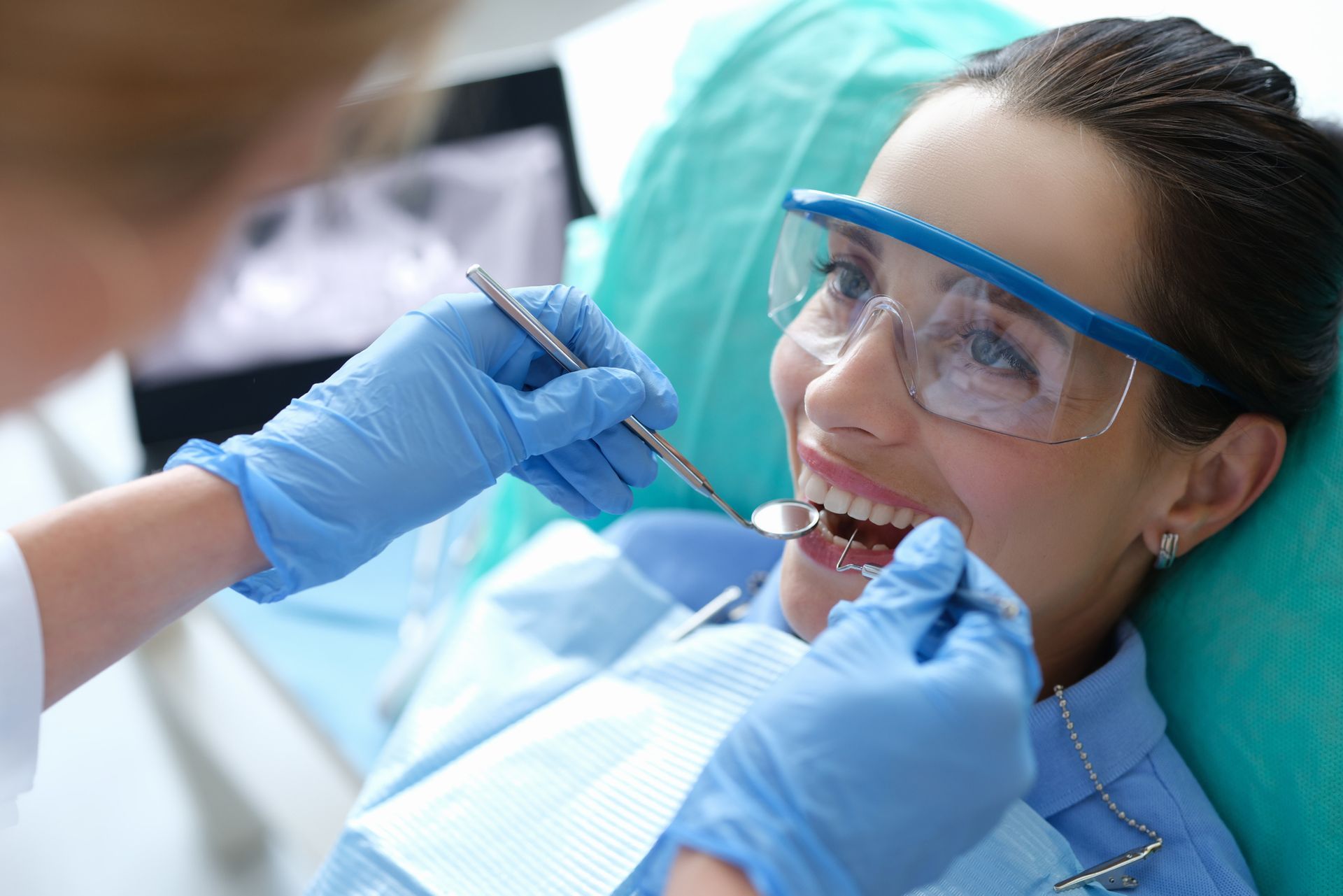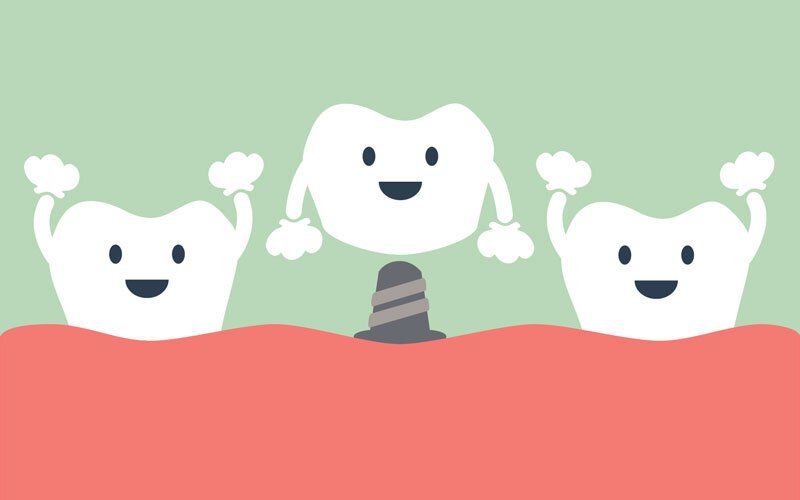Blog
Our Blog
Give us a call today at 615-327-4257 for more best dental practices.
OUR LOCATION
Content, including images, displayed on this website is protected by copyright laws. Downloading, republication, retransmission or reproduction of content on this website is strictly prohibited. Terms of Use
| Privacy Policy
CONTACT INFORMATION
Phone: 615-327-4257
Address: 323 21st Ave N Nashville, Tennessee 37203
BUSINESS HOURS
- Mon - Thu
- -
- Fri - Sun
- Closed
OUR LOCATION



Content, including images, displayed on this website is protected by copyright laws. Downloading, republication, retransmission or reproduction of content on this website is strictly prohibited. Terms of Use
| Privacy Policy
CONTACT INFORMATION
Phone: 615-327-4257
Address: 323 21st Ave N Nashville, Tennessee 37203
BUSINESS HOURS
- Mon - Thu
- -
- Fri - Sun
- Closed
OUR LOCATION
Content, including images, displayed on this website is protected by copyright laws. Downloading, republication, retransmission or reproduction of content on this website is strictly prohibited. Terms of Use
| Privacy Policy





